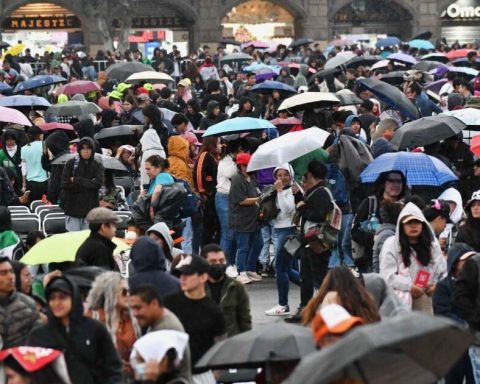Energy prices (which include gasoline, crude oil, electricity and natural gas) rose 32% in the last 12 months, pushed by the 70.1% increase in crude oil prices, while gasoline rose 48%.
As for the monthly rise, energy consumption prices rose 11% in March compared to February.
Food prices, for their part, rose by 8.8% in one year, especially those related to purchases in the supermarket, which increased by 10%, while those of food in restaurants increased by 6.9%.
If food and fuel prices, which are the most volatile, are excluded, core inflation was 6.5% year-on-year.
The price of housing, one of those that has the most weight in the calculation of underlying inflation, rose 5% in one year. This is the largest year-on-year rise since December 1981, that is, for more than 40 years , and is driven above all by rising energy, food and housing prices.
Some items, however, fell in price, such as used cars and trucks, falling 3.8% in the month, although they are still 35.3% more expensive than in March 2021.
The Government of the United States had anticipated that the inflation was going to be “extraordinarily high” blaming it primarily on the Russian invasion of Ukraine.
In a press conference, the White House spokeswoman, Jen Psaki, referred at all times to high inflation as “Putin’s price hike”, referring to the president of Russia, Vladimir Putin, and the invasion of Ukraine that his country began on February 24.
Prices, however, were already soaring in the United States before Russia began its invasion of Ukraine.
With information from EFE
















